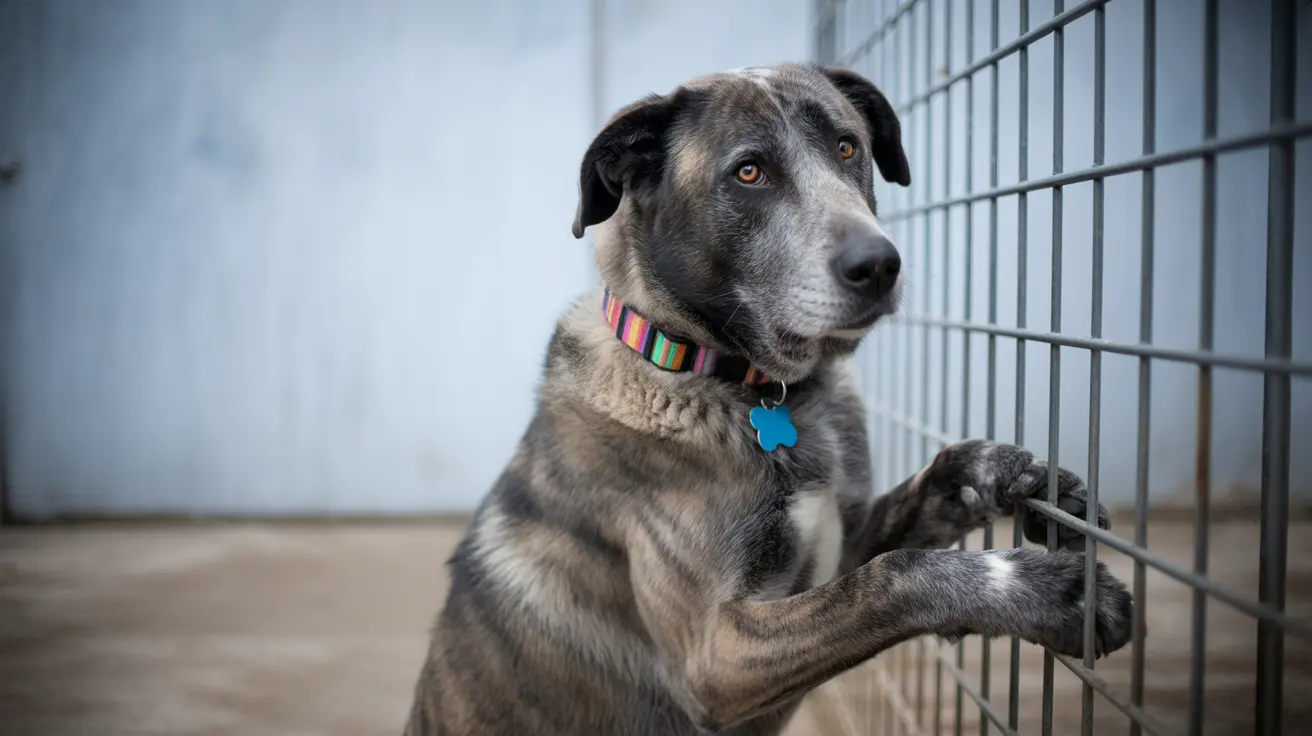Understanding and Managing Excessive Licking in Dogs
Excessive licking in dogs is not only a nuisance but also a potential sign of underlying health issues. While occasional licking can be normal behavior, persistent and obsessive licking may indicate that something is wrong. Pet parents must recognize when licking crosses the line from benign grooming to a clinical symptom.
Common Causes of Excessive Licking
- Allergies: Dogs suffering from food or environmental allergies may lick their paws or skin excessively to relieve itching.
- Skin Infections: Bacterial, yeast, or fungal infections, often secondary to allergies, can lead to inflammation and persistent licking of the affected area.
- Parasites: Fleas, ticks, or mites can cause intense itching, leading to compulsive licking.
- Anxiety and Behavioral Issues: Stress, boredom, or separation anxiety can result in repetitive licking as a coping mechanism.
- Anal Gland Disorders: Dogs may lick their anal region excessively due to impacted or infected anal glands, often accompanied by scooting or discomfort.
- Dental Problems: Oral discomfort or infections may drive a dog to lick their lips or front legs.
- Gastrointestinal Issues: Some dogs with acid reflux or upset stomach may compulsively lick surfaces, objects, or themselves.
- Pain or Injury: Licking one area persistently might indicate pain or localized trauma like a cut, bruise, or joint issue.
- Dietary Indiscretion: Consuming inappropriate or contaminated items may result in GI discomfort and secondary licking behavior.
Signs You Should See a Veterinarian
- Persistent licking that doesn't respond to redirection or environmental changes
- Skin redness, swelling, or hair loss in frequently licked areas
- Foul odor or discharge from the skin, mouth, or anal region
- Scooting or signs of anal gland discomfort
- Changes in appetite, behavior, or elimination patterns
If these symptoms are present, it's crucial to have your dog examined by a veterinarian. The vet may perform a physical exam, skin cytology, blood tests, or allergy tests to determine the cause.
Treatment Options
Once a diagnosis is made, appropriate treatments may include:
- Medicated shampoos, sprays, or antibiotics for infections
- Antihistamines, steroids, or allergy medications for allergic reactions
- Flea or parasite control products to eliminate pests
- Behavioral therapy and increased mental stimulation for anxiety-based licking
- Probiotics and digestive support for GI-related issues
- High-fiber diets or manual expression for anal gland problems
Home Care and Prevention
- Regular grooming to spot skin issues early
- Appropriate diet and hydration to support skin and gut health
- Daily dental hygiene to reduce mouth-related irritation
- Interactive toys and games to combat boredom and stress
- Routine vet visits to catch medical issues before they worsen
In addition, introducing dental chews, probiotics, or fiber supplements as advised by your vet can further support overall wellness and reduce compulsive behaviors.
Conclusion
Excessive licking in dogs is often rooted in treatable conditions ranging from allergies and infections to anxiety and dietary issues. Identifying the cause with the help of a veterinarian is key to effective treatment. Early intervention not only provides relief for your dog but also prevents more serious complications. Consistent care, proper hygiene, and environmental enrichment are the best tools to safeguard your pet's comfort and health.





